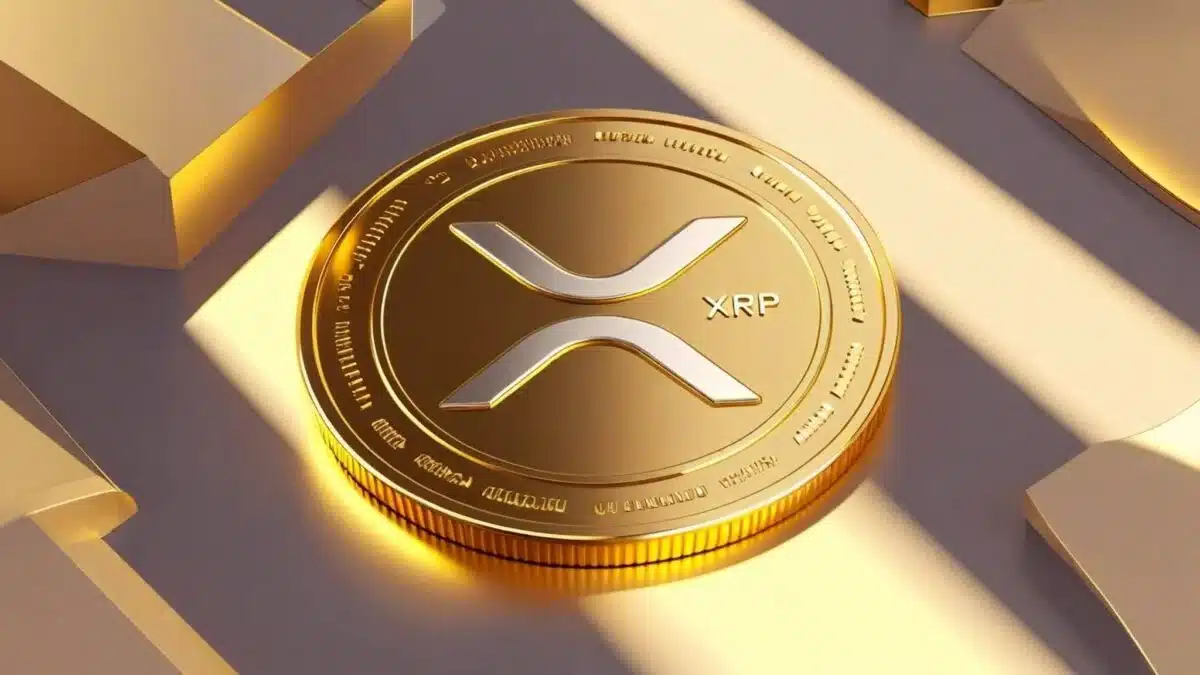- Ripple applies for a U.S. banking license and a Federal Reserve Master Account to deepen its role in traditional finance.
- The move could enhance XRP’s credibility and utility as a digital bridge asset between stablecoins and global payment systems.
- Analysts suggest this step may position Ripple and XRP for stronger institutional adoption and regulatory trust.
Ripple has submitted an application for a national banking charter in the United States, CEO Brad Garlinghouse confirmed on Wednesday via a social media post.
The filing was first reported by Reuters on July 2 and comes alongside a separate application for a Federal Reserve Master Account, which would allow the company to hold reserves directly with the central bank.
This dual application signals Ripple’s intent to secure both federal and state regulatory oversight. A spokesperson from the Office of the Comptroller of the Currency (OCC) confirmed receipt of the company’s charter application, according to the original report by Reuters.
Also Read: Here’s a Breakdown of Four XRP Price Targets if Ripple Secures Banking License
The move is particularly relevant to XRP, Ripple’s associated digital asset, which plays a key role in the company’s cross-border payment strategy. By embedding itself deeper within traditional financial systems, Ripple could enhance the legitimacy and utility of XRP in regulated environments.
Ripple’s stablecoin RLUSD, launched in October 2023, currently holds a market value of around $470 million, based on data from CoinMarketCap.
While not yet a dominant player like Tether or Circle’s USDC, RLUSD has drawn attention for its compliance-first model in a market estimated to exceed $250 billion.
Strengthening XRP’s Position Within Regulated Financial Infrastructure
In a post on X (formerly Twitter), Garlinghouse highlighted that gaining access to the Federal Reserve’s payments infrastructure through a master account would allow RLUSD reserves to be held directly with the Fed. This shift would reduce counterparty risks and bolster the coin’s trust profile.
Crypto market commentator Edward Farina, also on X, suggested that these developments could support Ripple’s original vision of XRP as a global bridge asset.
Farina pointed to previous statements from Ripple and its community outlining XRP’s potential use as a neutral liquidity tool between stablecoins, CBDCs, and traditional currencies.
This vision aligns with Ripple’s broader infrastructure focus, which Garlinghouse reiterated in his public post. According to him, Ripple is building “trusted, battle-tested and secure infrastructure” that meets the expectations of institutions seeking regulatory clarity.
Potential Impact on Institutional Adoption and Liquidity Use Cases
Ripple’s deeper alignment with regulatory agencies and potential access to core financial systems could drive new adoption pathways for XRP. Financial institutions aiming to meet compliance standards may be more likely to engage with assets supported by transparent frameworks and direct central bank connections.
As the company positions RLUSD to become a secure and institution-ready stablecoin, the parallel development of XRP as a settlement asset may provide added flexibility in liquidity management.
This could include roles in cross-border remittances, treasury operations, and future integration into central bank digital currency ecosystems.
Conclusion
Ripple’s effort to obtain a U.S. banking license and direct access to the Federal Reserve’s payment network may have wider implications than stablecoin operations alone.
As reported by Hannah Lang of Reuters and confirmed by Ripple executives and analysts like Edward Farina, the move could support XRP’s emergence as a trusted digital asset within mainstream financial frameworks.
Also Read: Bitcoin Tops $109K as Ethereum, Dogecoin, and Solana Lead Crypto Gains

